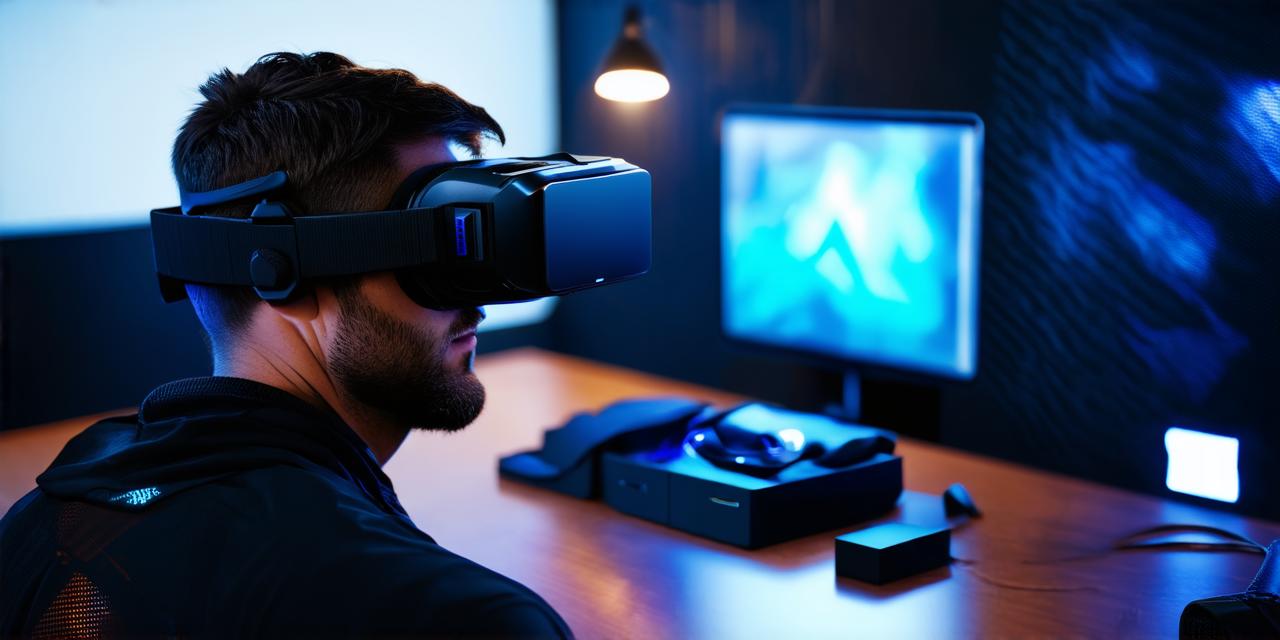
What do you need to start playing virtual reality games?
Virtual reality (VR) is a burgeoning industry that offers developers an unprecedented opportunity to create immersive experiences for users. With the growing popularity of VR headsets and the increasing demand for innovative VR applications, there has never been a better time to start your journey in virtual reality development.
Hardware Requirements: The Essential Equipment for VR Development
To start your journey in virtual reality development, you will need a computer that meets the minimum system requirements for your chosen VR development platform. For example, if you plan to develop for Oculus Rift, you will need a computer with at least an Intel Core i5-4590 processor, 8GB of RAM, and NVIDIA GeForce GTX 970 graphics card. If you plan to develop for HTC Vive, you will need a computer with at least an Intel Core i5-4590 processor, 8GB of RAM, and NVIDIA GeForce GTX 960 graphics card.
Once you have a suitable computer, you will also need a VR headset to test your applications. There are several popular VR headsets on the market, including Oculus Rift, HTC Vive, and Sony PlayStation VR. Each headset has its own unique features and requirements, so it’s important to choose the one that best suits your needs and budget.

Software Requirements: The Tools and Frameworks You Need for VR Development
In addition to a computer and VR headset, you will also need software tools and frameworks to create and test your VR applications. There are many different tools and frameworks available, each with its own strengths and weaknesses. Some popular options include Unity, Unreal Engine, and A-Frame.
Unity is a cross-platform game engine that supports both 2D and 3D development, as well as VR development. It has a large community of developers and a wide range of resources and assets available. Unreal Engine is another popular game engine that supports VR development, and is known for its high-quality graphics and physics simulations. A-Frame is an open-source framework specifically designed for web-based VR development, and is easy to learn and use.
Best Practices for VR Development: Tips and Tricks for Creating Immersive Experiences
When developing for VR, it’s important to keep in mind the unique challenges and opportunities presented by the medium. Here are some best practices to follow when creating immersive experiences for VR users:
- Keep it simple: VR can be overwhelming for new users, so it’s important to focus on simplicity and ease of use. Avoid cluttered interfaces and complex controls, and make sure your application is intuitive and easy to navigate.
- Emphasize immersion: The whole point of VR is to create an immersive experience, so it’s important to emphasize this aspect of your application. Use 360-degree environments, sound effects, and other sensory cues to make users feel like they are truly in the game world.


